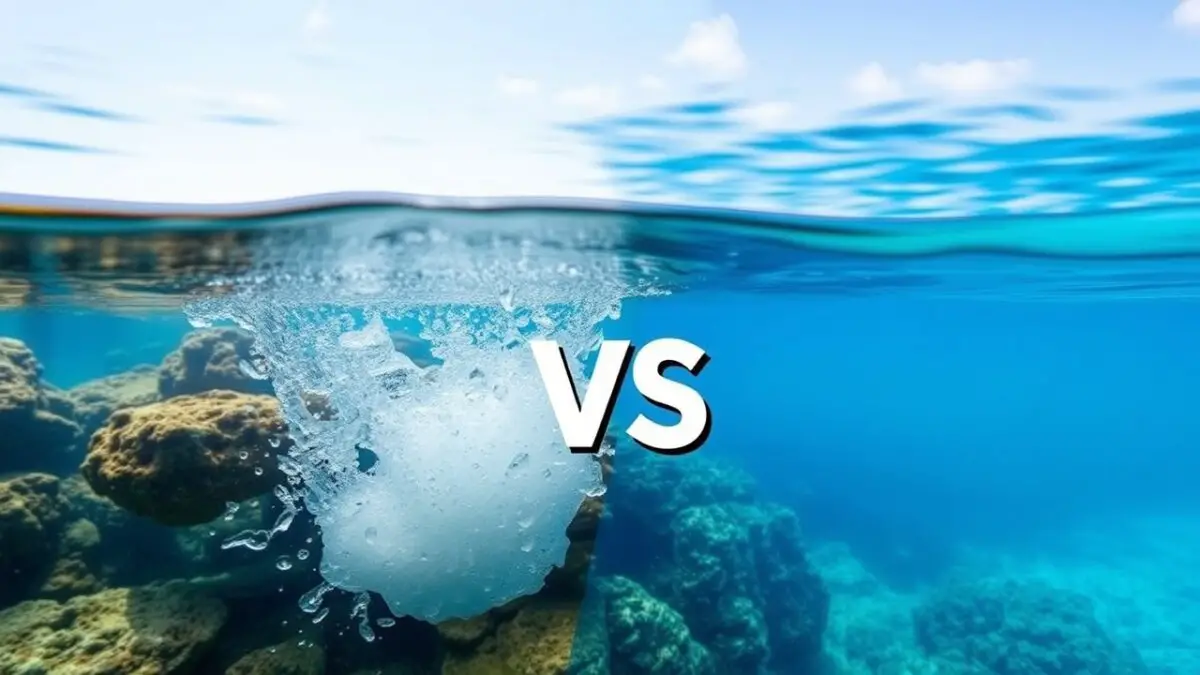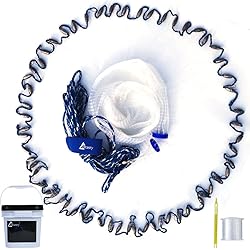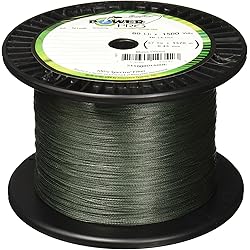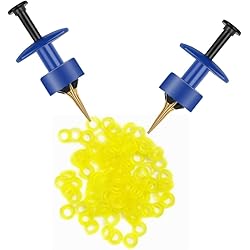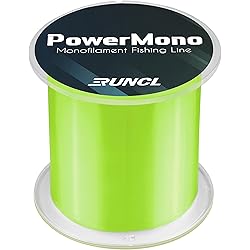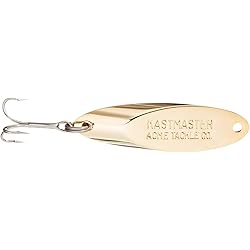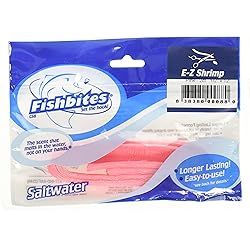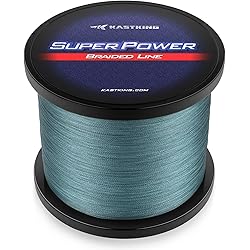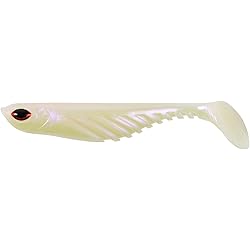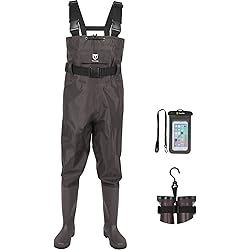The Great Debate Between Freshwater and Saltwater, Aquatic environments are home to a wide variety of species, each with its own unique characteristics and requirements. Freshwater and saltwater ecosystems are two distinct types of aquatic environments, each with its own set of challenges and benefits. Freshwater habitats include rivers, lakes, and ponds, while saltwater habitats encompass oceans, seas, and estuaries. Both types of environments are home to a diverse array of plant and animal life, making them popular choices for hobbyists looking to create their own aquatic ecosystems in the form of aquariums.
Freshwater aquariums are typically easier to maintain and less expensive to set up than saltwater aquariums. They are also home to a wide variety of colorful and interesting species, making them a popular choice for beginner hobbyists. Saltwater aquariums, on the other hand, are known for their stunning coral reefs and vibrant marine life. While they require more maintenance and a higher initial investment, they offer a unique and visually stunning display that is unmatched by freshwater aquariums. Both types of aquatic environments have their own unique appeal, and the choice between freshwater and saltwater aquariums ultimately comes down to personal preference and the level of commitment the hobbyist is willing to make.
Aquatic Realms: The Great Debate Between Freshwater and Saltwater
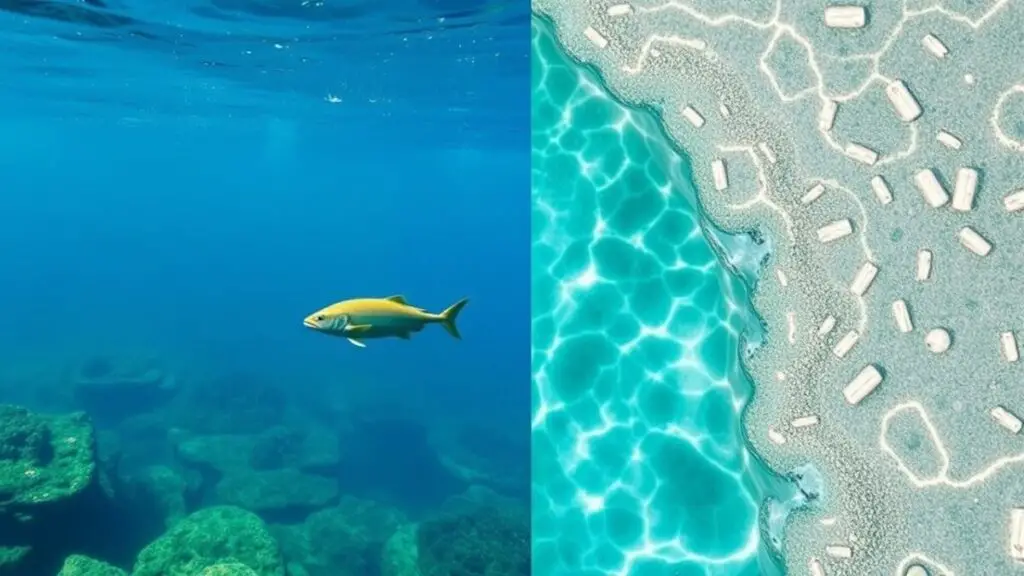
Environmental Differences Between Freshwater and Saltwater Habitats
One of the key differences between freshwater and saltwater habitats is their salinity levels. Freshwater habitats have low salinity levels, typically less than 0.5 parts per thousand, while saltwater habitats have high salinity levels, typically around 35 parts per thousand. This difference in salinity has a significant impact on the types of species that can thrive in each environment. Freshwater species have adapted to live in water with low salinity levels, while saltwater species have evolved to survive in water with high salinity levels.
Another important difference between freshwater and saltwater habitats is their pH levels. Freshwater habitats tend to have a neutral pH level, around 7, while saltwater habitats have a higher pH level, typically around 8.2. This difference in pH can affect the types of plants and animals that can survive in each environment. Additionally, saltwater habitats tend to have higher levels of dissolved oxygen than freshwater habitats, which can impact the types of species that can thrive in each environment. These environmental differences play a significant role in the types of species that can be successfully kept in freshwater and saltwater aquariums.
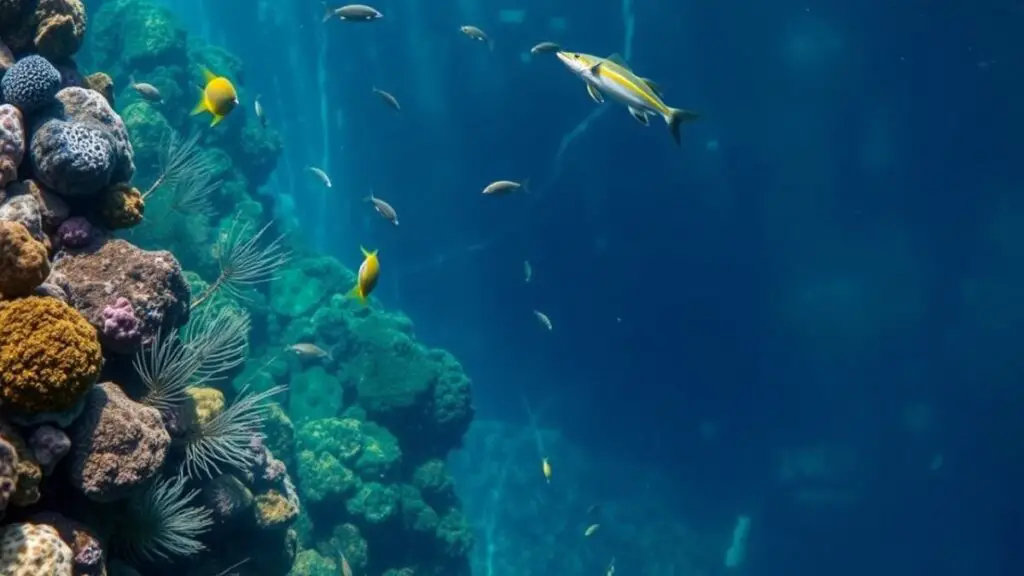
Biological Diversity in Freshwater and Saltwater Ecosystems
Both freshwater and saltwater ecosystems are home to a wide variety of plant and animal species, each with its own unique adaptations and characteristics. Freshwater ecosystems are home to species such as fish, amphibians, insects, and aquatic plants. These ecosystems are also home to a diverse array of microorganisms that play a crucial role in maintaining the health of the ecosystem. Saltwater ecosystems, on the other hand, are home to a wide variety of marine life, including fish, coral reefs, mollusks, crustaceans, and marine mammals. These ecosystems are also home to a diverse array of algae and other microorganisms that play a crucial role in maintaining the health of the ecosystem.
The biological diversity of freshwater and saltwater ecosystems makes them popular choices for hobbyists looking to create their own aquatic environments in the form of aquariums. Freshwater aquariums are home to a wide variety of colorful fish species, as well as interesting aquatic plants and invertebrates. Saltwater aquariums, on the other hand, are known for their stunning coral reefs and vibrant marine life. Both types of ecosystems offer hobbyists the opportunity to create visually stunning displays that mimic the beauty and diversity of natural aquatic environments.
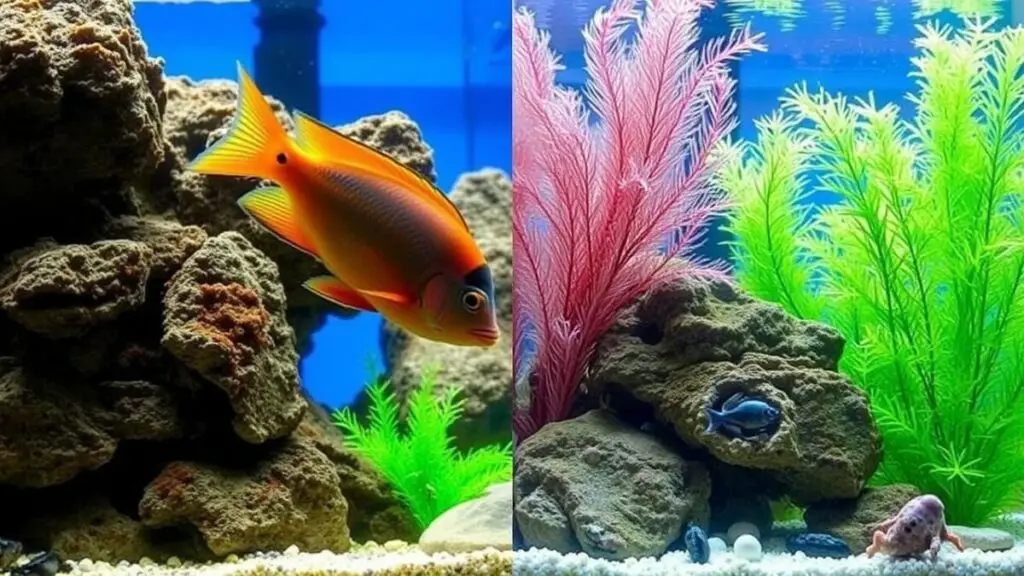
Challenges and Benefits of Maintaining Freshwater vs. Saltwater Aquariums
Maintaining a freshwater aquarium comes with its own set of challenges and benefits. One of the main benefits of freshwater aquariums is that they are generally easier to maintain than saltwater aquariums. Freshwater species tend to be more forgiving of fluctuations in water quality and temperature, making them a popular choice for beginner hobbyists. Additionally, freshwater aquariums tend to be less expensive to set up and maintain than saltwater aquariums, making them a more accessible option for hobbyists on a budget.
However, freshwater aquariums also come with their own set of challenges. One of the main challenges is maintaining water quality and preventing the buildup of harmful substances such as ammonia and nitrites. Additionally, some freshwater species can be aggressive or territorial, making it important for hobbyists to carefully select compatible species for their aquarium. Despite these challenges, many hobbyists find the rewards of maintaining a freshwater aquarium to be well worth the effort.
Maintaining a saltwater aquarium comes with its own set of challenges and benefits. One of the main benefits of saltwater aquariums is the stunning visual display they offer. Saltwater aquariums are home to vibrant coral reefs and colorful marine life, making them a visually stunning addition to any home or office. Additionally, saltwater species tend to be more diverse and exotic than freshwater species, offering hobbyists the opportunity to create a truly unique and visually striking display.
However, maintaining a saltwater aquarium also comes with its own set of challenges. One of the main challenges is maintaining water quality and preventing the buildup of harmful substances such as nitrates and phosphates. Additionally, saltwater species tend to be more sensitive to changes in water quality and temperature, making them more challenging to care for than freshwater species. Despite these challenges, many hobbyists find the rewards of maintaining a saltwater aquarium to be well worth the effort.
The Great Debate Between Freshwater and Saltwater
The Great Debate Between Freshwater and Saltwater
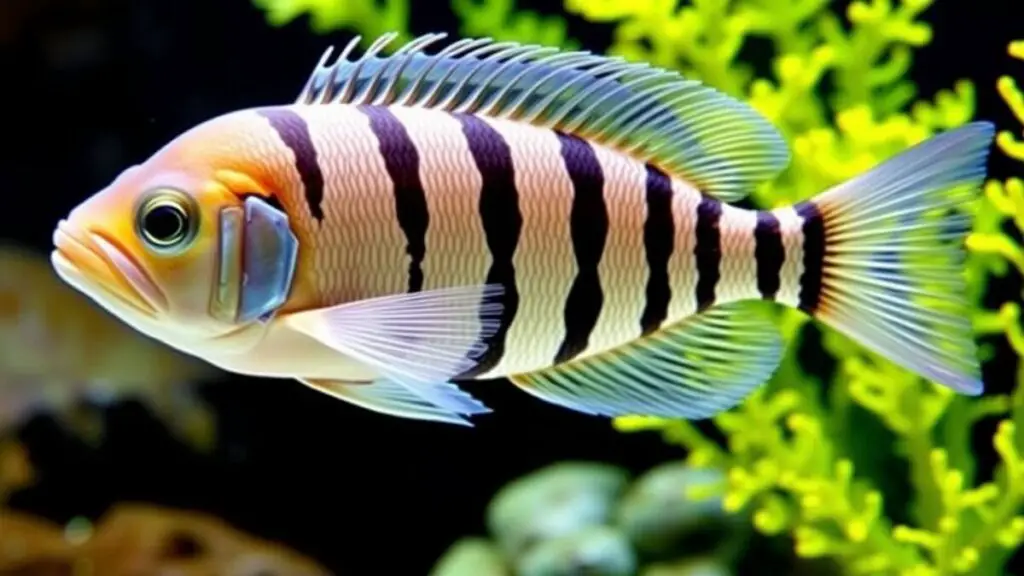
Popular Freshwater and Saltwater Aquatic Species for Hobbyists
Freshwater aquariums are home to a wide variety of popular species that are commonly kept by hobbyists. Some popular freshwater fish species include bettas, guppies, tetras, cichlids, and goldfish. These species come in a wide variety of colors and patterns, making them popular choices for hobbyists looking to create visually stunning displays in their aquariums. Additionally, freshwater aquariums are home to a wide variety of interesting aquatic plants and invertebrates that can add visual interest and diversity to the ecosystem.
Saltwater aquariums are home to a wide variety of popular marine species that are commonly kept by hobbyists. Some popular saltwater fish species include clownfish, tangs, angelfish, gobies, and wrasses. These species come in a wide variety of colors and patterns, making them popular choices for hobbyists looking to create visually stunning displays in their aquariums. Additionally, saltwater aquariums are home to a wide variety of stunning coral species that can add visual interest and diversity to the ecosystem.
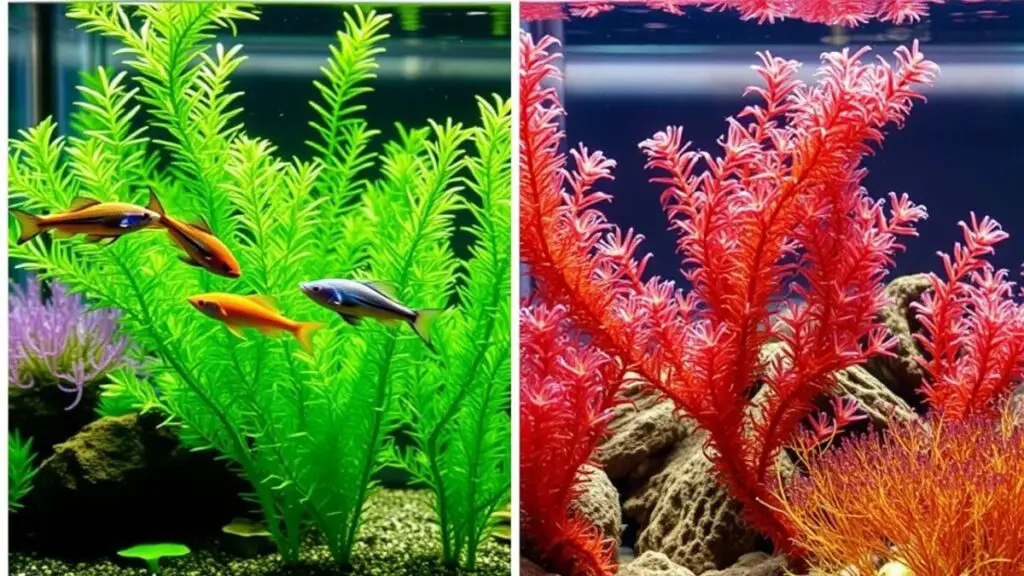
Differences in Care and Maintenance for Freshwater and Saltwater Aquariums
There are several key differences in care and maintenance between freshwater and saltwater aquariums. One of the main differences is water quality management. Freshwater aquariums require regular water changes to maintain water quality and prevent the buildup of harmful substances such as ammonia and nitrites. Additionally, freshwater aquariums require regular testing for pH levels and other water parameters to ensure that the ecosystem remains healthy for its inhabitants.
Saltwater aquariums also require regular water changes to maintain water quality and prevent the buildup of harmful substances such as nitrates and phosphates. Additionally, saltwater aquariums require regular testing for pH levels and other water parameters to ensure that the ecosystem remains healthy for its inhabitants. However, maintaining water quality in a saltwater aquarium tends to be more challenging than in a freshwater aquarium due to the higher sensitivity of saltwater species to changes in water quality.
Another key difference in care and maintenance between freshwater and saltwater aquariums is temperature regulation. Freshwater species tend to be more forgiving of fluctuations in water temperature than saltwater species, making temperature regulation less critical in freshwater aquariums. Saltwater species, on the other hand, tend to be more sensitive to changes in water temperature, making temperature regulation a critical aspect of maintaining a healthy saltwater ecosystem.
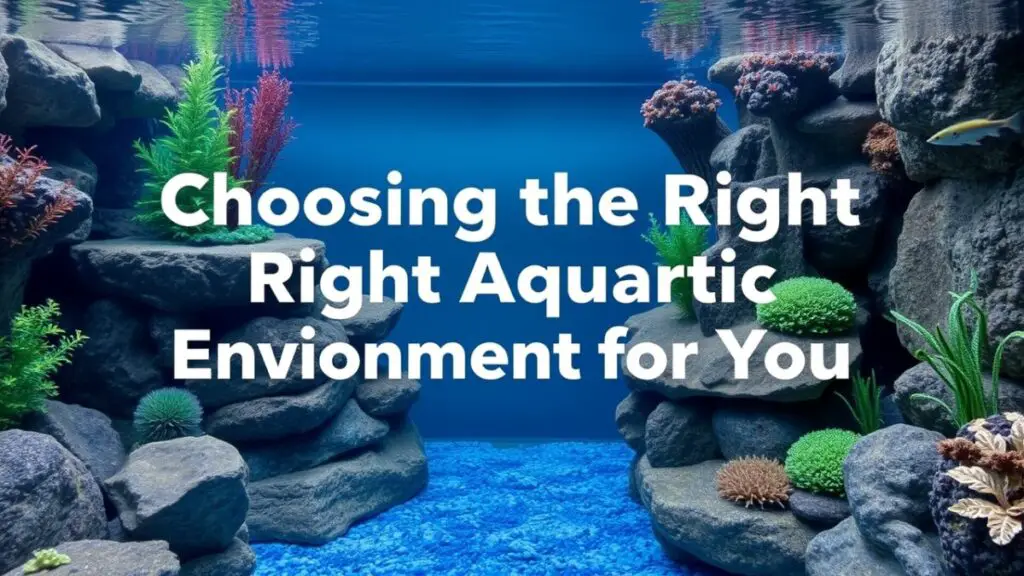
Choosing the Right Aquatic Environment for You
In conclusion, both freshwater and saltwater aquatic environments offer unique challenges and benefits for hobbyists looking to create their own aquatic ecosystems in the form of aquariums. Freshwater habitats are home to a wide variety of colorful fish species, as well as interesting aquatic plants and invertebrates. They are generally easier to maintain and less expensive to set up than saltwater habitats, making them a popular choice for beginner hobbyists. Saltwater habitats are known for their stunning coral reefs and vibrant marine life, offering hobbyists the opportunity to create visually stunning displays that mimic the beauty and diversity of natural aquatic environments.
Ultimately, the choice between freshwater and saltwater aquariums comes down to personal preference and the level of commitment the hobbyist is willing to make. Both types of aquatic environments offer unique rewards for hobbyists who are willing to put in the time and effort required to maintain a healthy ecosystem. Whether you choose a freshwater or saltwater aquarium, creating your own aquatic environment can be a rewarding and fulfilling experience that allows you to bring a piece of the natural world into your own home or office.
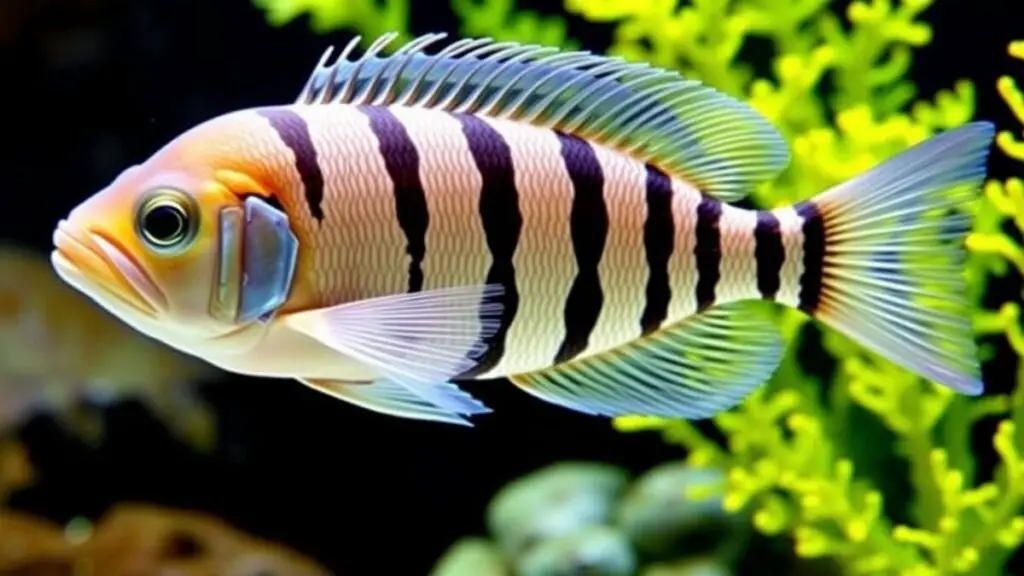
Conclusion
In conclusion, The Great Debate Between Freshwater and Saltwater is a multifaceted discussion that encompasses a variety of perspectives, each with its own merits and challenges. Both freshwater and saltwater ecosystems offer unique opportunities for exploration, recreation, and conservation. Freshwater environments, with their rivers, lakes, and streams, provide essential resources for human consumption and agriculture while supporting diverse wildlife. On the other hand, saltwater ecosystems, including oceans and seas, are vital for global biodiversity, climate regulation, and economic activities such as fishing and tourism.
The Great Debate Between Freshwater and Saltwater is not about choosing one over the other but rather understanding the intricate balance between these two vital components of our planet’s hydrosphere. Each plays a crucial role in maintaining ecological equilibrium and supporting life on Earth. As we continue to face environmental challenges such as pollution, climate change, and habitat destruction, it becomes increasingly important to foster a deeper appreciation for both freshwater and saltwater systems.
Ultimately, the debate encourages us to consider how we can sustainably manage these precious resources to ensure their health and availability for future generations. By embracing a holistic approach that values both freshwater and saltwater environments, we can work towards a more harmonious coexistence with nature. In doing so, we honor the complexity of The Great Debate Between Freshwater and Saltwater while striving to protect the invaluable ecosystems that sustain us all.
Hooked on Tech: Exploring the latest Fishing Gadgets that Anglers swear by.
In the realm of angling, where tradition and technology often converge, a new wave of fishing gadgets has emerged, transforming the way anglers approach their craft.
From advanced fish finders to smart bait systems, these innovations have not only revolutionized the fishing experience but have also garnered a loyal following among anglers worldwide.

